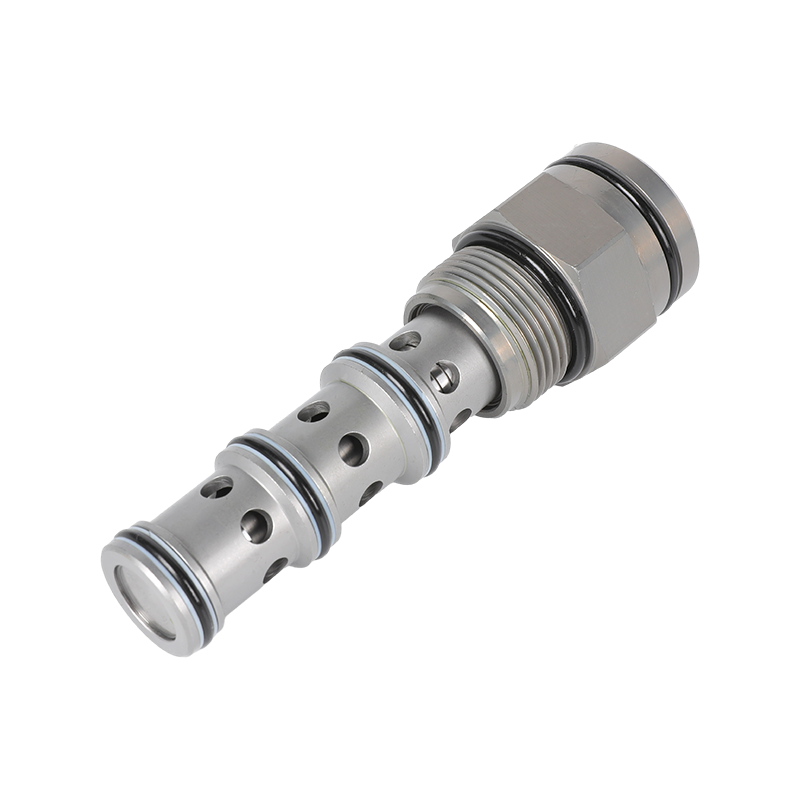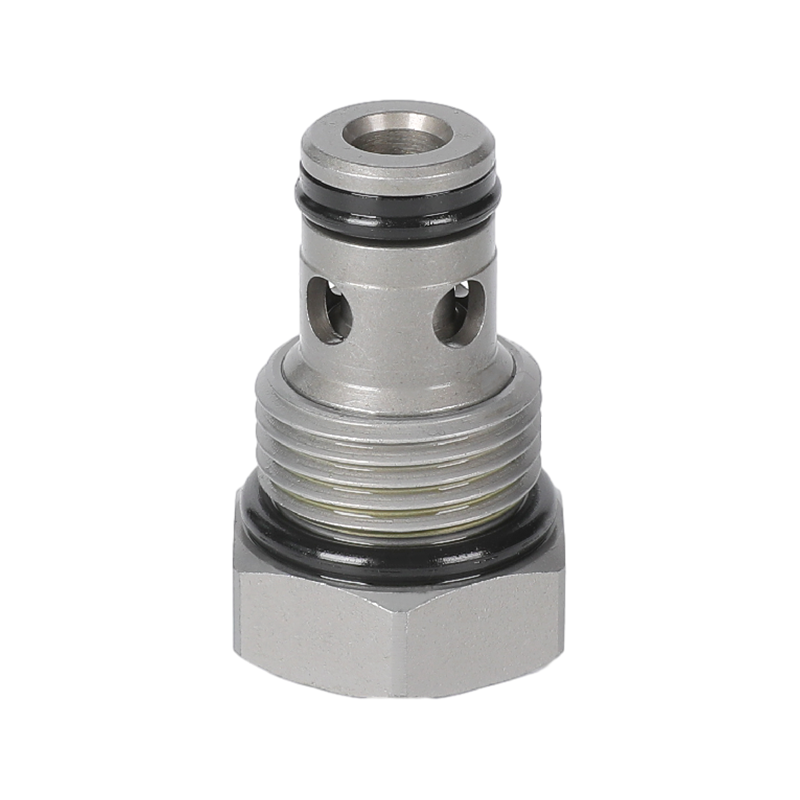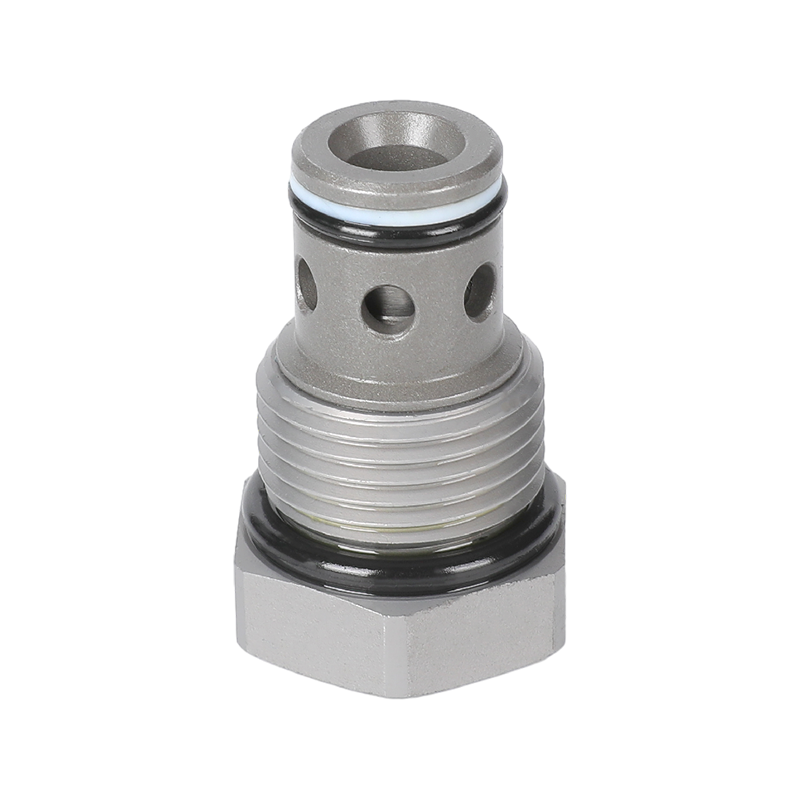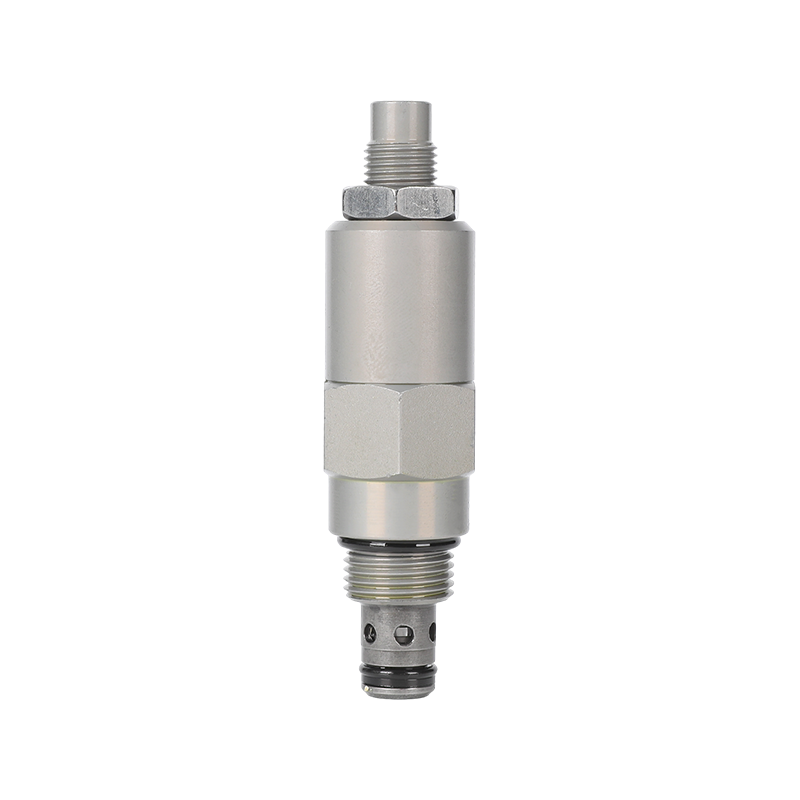1. What is a Check Valve?
A Check Valve is a one-way valve designed to allow fluid to flow in only one direction, thus preventing the backflow of the fluid. Its main function is to prevent the backflow of the fluid, which is very important for protecting pumps, compressors and other equipment from damage caused by reverse flow.
Key features of a Check Valve:
Automatic operation: It does not require manual operation and will automatically open or close according to the flow direction of the fluid. If the fluid flows in the opposite direction, the valve will automatically close to prevent backflow.
Common types: Common types of check valves include swing check valves, ball check valves and poppet check valves, each type of design has its specific uses and advantages.
The working principle of a check valve is to prevent the backflow of fluid through the valve disc (or the ball in a ball check valve). When the fluid flows in the intended direction, the valve disc or ball will be pushed open to allow the fluid to pass. When the fluid starts to flow in the opposite direction, the valve will automatically close to prevent reverse flow.

2. What is a Ball Valve?
A ball valve is a valve that controls the flow of fluid by rotating a ball with a hole. When the hole of the ball is aligned with the pipe, the fluid can pass freely; when the ball is rotated 90 degrees, the hole is no longer aligned and the fluid flow is completely blocked.
Key features of ball valves:
Manual or automatic operation: Ball valves can be operated manually (such as turning a handle) or remotely using an automatic actuator. Automated ball valves are usually equipped with electric, pneumatic or hydraulic drives.
Start-stop control: The main function of a ball valve is start-stop control, rather than controlling the direction of the fluid like a check valve. By rotating the ball, the fluid channel can be quickly opened or closed.
Good sealing performance: Due to the tight fit between the ball and the valve seat, ball valves usually have good sealing performance and are suitable for applications that require strict control of fluid leakage.
3. The main difference between Check Valves and Ball Valves
Although check valves and ball valves are both common fluid control valves, their designs and functions are significantly different. First, check valves are mainly used to prevent backflow, while ball valves are used to control the start and stop of fluids. The specific differences are as follows:
Function:
The main function of the check valve is to prevent the reverse flow of the fluid and ensure that the fluid can only flow in one direction. The ball valve is mainly used to open and close the fluid and control the flow of the fluid.
Operation method:
The check valve works automatically. When the fluid flows, the valve automatically opens; when the fluid flows in the opposite direction, the valve automatically closes without manual intervention. The ball valve needs to be controlled by manual or automatic devices. The operator opens or closes the valve by rotating the ball.
Fluid control type:
The check valve only allows one-way flow and usually does not control the flow or pressure. It simply prevents backflow. The ball valve can be fully opened or closed, allowing the flow of the fluid to be adjusted, which is suitable for flow control.
Use environment:
Check valves are usually used in systems that need to prevent backflow, such as pump systems, water supply systems, etc. Ball valves are mostly used in situations where the flow of fluids needs to be precisely controlled, such as liquid and gas pipelines.
Maintenance requirements:
Due to its simple structure, the check valve usually has low maintenance requirements. In most cases, it is only necessary to regularly check whether the valve is closed well. Ball valves require high maintenance because they contain multiple moving parts that require regular lubrication and inspection.
4. Application of Check Valves
Check valves are mainly used in situations where backflow prevention is required to ensure that fluids can only flow in the intended direction to prevent equipment damage or system contamination. Common application areas include:
Pumping system:
In a pumping system, a check valve can prevent fluids from flowing back into the pump to avoid reverse flow and damage to the pump.
Water treatment plant:
During the water treatment process, a check valve can prevent treated water from flowing back into the untreated water source to ensure the purity of the water.
HVAC system (heating, ventilation and air conditioning system):
In HVAC systems, check valves are often used to prevent water or air from flowing in reverse to ensure the normal operation of the system.
Oil and gas pipelines:
In oil and gas pipelines, check valves prevent fluids from flowing in reverse to ensure the stability and safety of the system.
5. Application of Ball Valves
Ball valves are mostly used in applications that require precise flow adjustment or start-stop control, and are common in situations that require reliable sealing and quick response. Typical applications include:
Industrial manufacturing:
In many industrial production processes, ball valves are used to precisely control the flow of liquids or gases. They are commonly used in gas pipelines, liquid delivery systems, and chemical processing systems.
Oil and gas industry:
In oil and gas pipelines, ball valves are used to control the start and stop of oil and gas flows to ensure the safety of delivery.
Water supply:
In water supply systems, ball valves are used in residential and commercial buildings to control the opening and closing of water supply pipelines to ensure a reliable supply of water.
Chemical processing:
In chemical production, ball valves are widely used to precisely regulate fluid flow, especially in situations where flow and pressure need to be strictly controlled.
6. How to choose the right valve?
Choosing a check valve or a ball valve depends on the functions you need:
Choose a check valve: If you need to prevent backflow and protect equipment in the system from reverse flow, a check valve is the best choice. It can automatically respond to changes in fluid flow without manual intervention.
Choose a ball valve: If you need precise flow control or fast start and stop of fluids, a ball valve is more suitable. It is suitable for situations that require high sealing and fast operation.

 English
English русский
русский
 ++86-0575-87669088
++86-0575-87669088


